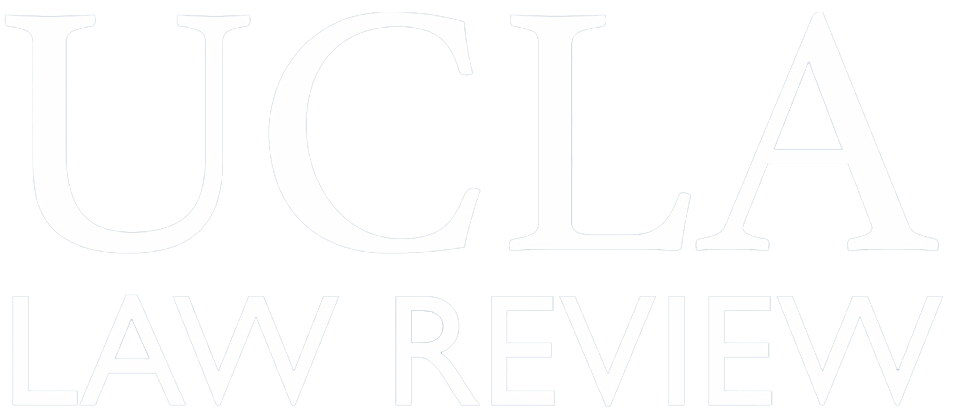A Minimalist Approach to State “Bankruptcy”
Increasingly finding themselves in fiscal straightjackets, states have been turning to austerity measures, tax increases, privatization of services, and renegotiation of collective bargaining agreements. Absent a federal government bailout, however...
